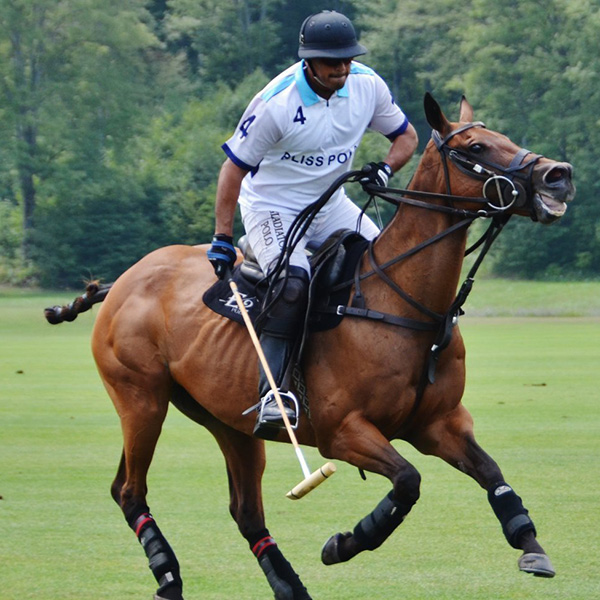Horse, Yakh & Donkey Polo
Polo is known as the “sport of kings,” a challenging equestrian pastime that has amused aristocrats for centuries. But well-heeled polo players didn’t always ride horses. New research confirms that an ancient Chinese noblewoman likely played the game on donkeys instead and enjoyed the pursuit so much, she was buried with her prized charges.
Researchers from China and the United States describe the find in the latest issue of the archaeological journal Antiquity. It’s the first physical evidence for this species-specific variation of the sport known as ljvu that has been described in contemporary chronicles and portrayed in art, but never confirmed in the archaeological record until now.

Polo is thought to have evolved from equestrian games developed by nomads in central Asia. Though there is archaeological evidence for a predecessor of the sport in China from approximately 2,400 years ago, the game, in which teams of horse-mounted riders compete to knock a ball into a goal, skyrocketed in popularity a millennium later during the Tang Dynasty (A.D. 618-907).
References to horse polo abound in Tang Dynasty art and literature, and many Tang-era tombs feature polo-related artifacts and art, including mausoleum murals and ceramic figurines. But scholars of the period have always been curious about a subset of ancient polo depictions that seemingly show donkeys, not horses, on the field in a game called ljvu.
“There are many examples of Chinese artwork depicting women, that one would assume were of higher status, playing polo on donkeys,” says Brenda Lynn, a spokesperson for the Mueum of Polo.
Rules
All tournaments and levels of play and players are organized within and between polo clubs, including membership, rules, safety, fields and arenas.
The rules of polo are written to include the safety of both players and horses. Games are monitored by umpires. A whistle is blown when an infraction occurs, and penalties are awarded. Strategic plays in polo are based on the “line of the ball”, an imaginary line that extends through the ball in the line of travel. This line traces the ball’s path and extends past the ball along that trajectory. The line of the ball defines rules for players to approach the ball safely. The “line of the ball” changes each time the ball changes direction. The player who hits the ball generally has the right of way, and other players cannot cross the line of the ball in front of that player. As players approach the ball, they ride on either side of the line of the ball giving each access to the ball. A player can cross the line of the ball when it does not create a dangerous situation. Most infractions and penalties are related to players improperly crossing the line of the ball or the right of way. When a player has the line of the ball on their right, they have the right of way. A “ride-off” is when a player moves another player off the line of the ball by making shoulder-to-shoulder contact with the other players’ horses.
The defending player has a variety of opportunities for their team to gain possession of the ball. They can push the opponent off the line or steal the ball from the opponent. Another common defensive play is called “hooking.” While a player is taking a swing at the ball, their opponent can block the swing by using their mallet to hook the mallet of the player swinging at the ball. A player may hook only if they are on the side where the swing is being made or directly behind an opponent. A player may not purposely touch another player, another player’s tack, or a pony with their mallet. Unsafe hooking is a foul that will result in a penalty shot being awarded. For example, it is a foul for a player to reach over an opponent’s mount in an attempt to hook.
The other basic defensive play is called the bump or ride-off. It’s similar to a body check in hockey. In a ride-off, a player rides their pony alongside an opponent’s mount to move an opponent away from the ball or to take them out of a play. It must be executed properly so that it does not endanger the horses or the players. The angle of contact must be safe and can not knock the horses off balance, or harm the horses in any way. Two players following the line of the ball and riding one another off have the right of way over a single man coming from any direction.
